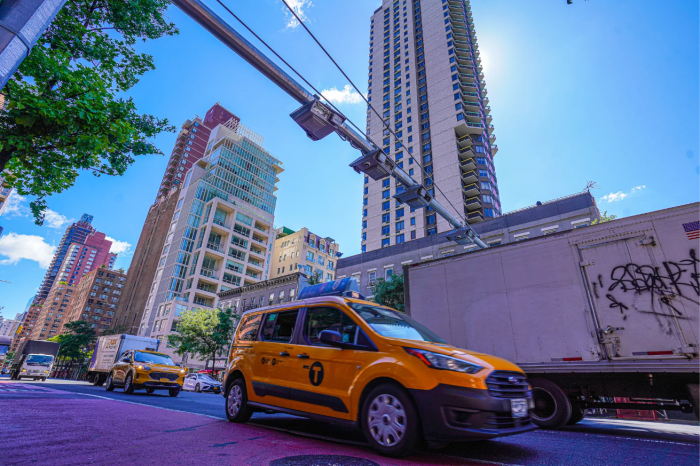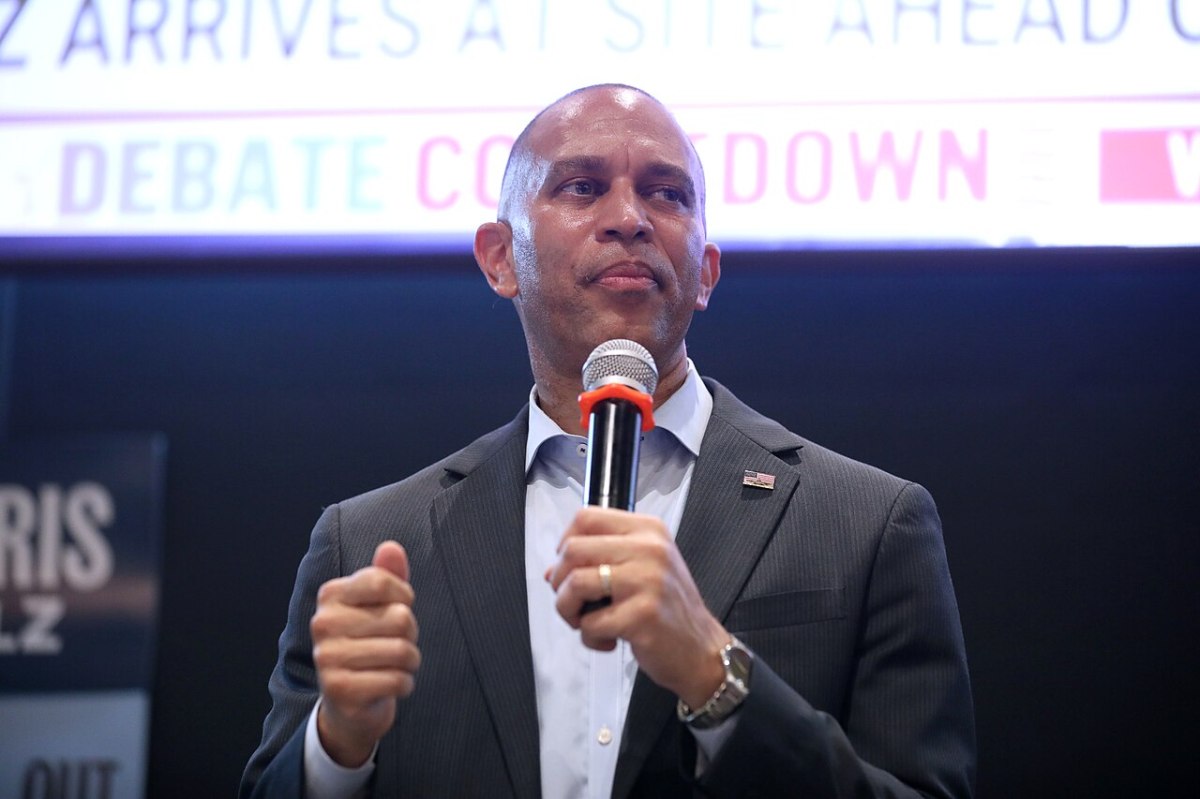Experts are predicting that the days are numbered for 24/7 subway service in the city that never sleeps.
The MTA and the Port Authority must execute sweeping operational, governing and construction reforms to meet economic and population demands, according to the Fourth Regional Plan, an epochal report from the nonprofit Regional Plan Association that offers detailed urban planning ideas for the tristate area over the next several decades.
The plan, published Thursday, calls for a wholesale restructuring of the construction of megaprojects such as the Second Avenue subway, billed as the most expensive subway project in the world.
It also recommends ceding the responsibility of fixing the city’s beleaguered subway system from the MTA to a public benefit corporation and ending 24-hour subway service on weeknights to improve maintenance of a system on the verge of collapse.
“The affordability, climate change, and transportation crises run so deep that the only way we can fix these is by addressing the root causes: the governing structures, decision making and funding,” said Tom Wright, the president of the RPA, during a briefing with reporters on the plan. “At a high level within fixing the institutions that are failing us, we talk about reforming the transportation authorities and reducing the cost of building new projects.”
The report is the result of five years of organizing, research and outreach on behalf of the plan association, a 95-year-old nonprofit led by a board of leaders in academia and the transit, real estate and banking industries.
A 351-page document, the plan touches everything from subway delays to climate change, the housing crisis and funding issues — offering solutions over the next generation that address four core principles: equity, prosperity, health and sustainability.
“People talk about how difficult these issues are — climate change, affordability, having to invest tens of billions of dollars, if not hundreds of billions of dollars, over a generation in infrastructure — and there’s a fatalistic kind of approach towards it often in the public: there’s just nothing you can do about these things,” said Wright. “. . . We just have to be willing to confront them directly.”
The tristate region added 1.8 million jobs and three million new residents between 1990 and 2015, according to the association.
That growth has taxed the MTA, a state authority led by Gov. Andrew Cuomo, to the brink. Subway delays increased more than 200 percent from 2012 to May.
In terms of transit, Wright said the MTA and the Port Authority can move forward only by “radically” re-thinking how the agencies operate.
The RPA’s plan outlines a strategy to “modernize” the subway system within 15 years.
That means developing ADA accessibility at all stations, as well as installing new fare payment technology, platform doors and better ventilation.
It also entails replacing the agency’s ancient and frequently failing signal system with a modern automated technology that’s currently on the L line — a process that, at its current pace, former MTA Chairman and CEO Tom Prendergast predicted last year would take about five decades. It would cost $20 billion, according to the RPA.
This work would have to be funded through a variety of new revenue streams, including a carbon tax, congestion pricing, charging tolls based on miles driven and other fees.
It would also have to be removed from what the report describes as the stifling bureaucracy of the MTA. The report identified reasons for the agency’s decline: Complications balancing demands from every MTA service; institutional practices; overly burdensome labor and construction regulations; lack of accountability and funding.
In addition to new revenue streams, the report examines how the MTA would also have to overhaul virtually every element of its construction process and how it executes its megaprojects, which tend to be delayed and overbudget.
“Is there an easy answer to the equation? No, there’s not,” said Jay Walder, the former MTA chairman and current CEO of Motivate, operators of Citi Bike, who generally supports the RPA’s evaluation of construction costs. “It’s going to take partnership both in the MTA and with outside parties — with contractors, with labor, with procurement rules — there’s no easy one-dimensional answer to the multidimensional question.”
The report calls for creating a Subway Reconstruction Benefit Corporation with a “focused mandate” and “streamlined authority” to rebuild the subway system under the 15-year plan.
MTA Chairman Joe Lhota, without seeing the full recommendations from the RPA, disagreed with the idea of creating a new public benefit corporation and instead called for the city to fund half of his own $836 million subway improvement plan.
“We all agree that the subways must be stabilized and modernized and advancing the conversation on how to do so is productive and worth having,” Lhota said in a statement. “While we don’t need to create a new bureaucratic structure, we agree that securing a dedicated revenue source — preferably one that also battles congestion — is essential.”
From a rider’s perspective, executing these subway improvements would not be painless. The MTA would have to implement two types of service outages to get work done faster and maintain the subway more frequently.
One recommendation from the RPA is to end 24-hour subway service to more aggressively clean stations and maintain infrastructure.
Wright believes the agency should consider shutting down subway service between 12:30 a.m. and 5 a.m. on weeknights, from Monday through Thursday, with exceptions for holidays like New Year’s Eve or during major events like ballgames. During that window, the subway averages 85,000 riders, or about 1.5 percent of total daily ridership.
“I know that 24/7 is a kind of badge of honor for New Yorkers. We think it’s something that we ought to change,” Wright said. “The other 6.15 million riders during the rest of the day are all paying for the service to be open at 2 o’clock, 3 o’clock in the morning. We’re all paying for that now. We don’t see that, but we’re paying for that.”
To supplement closed subways, above ground the RPA recommends running bus service that mimics routes that have been closed. The idea is that, as traffic is light in the early morning hours, buses would move along relatively smoothly.
The second form of closures recommended is more long-term outages of entire lines — similar to the forthcoming L train shutdown. The RPA believes that if the MTA closes each of its 27 lines for several months for capital upgrades, it could rapidly replace the old signals, switches and other infrastructure that wreak havoc on rush hours when they fail.
Some advocates and experts have argued that the end of 24/7 subway service would inordinately affect some of the city’s most vulnerable residents: low-wage hourly workers on graveyard shifts. Others concede that the pain of a few would benefit many more.
Prendergast, an RPA board member, said he, too, was sensitive to the early-morning riders, but he saw merit in both ideas. When he ran the MTA, Prendergast said, it was challenging to increase inspections and repairs while sticking to the “untouchable” mantra of 24-hour service.
“Every night you have to set up the work and then close up the work. An 18-month project could take three and a half years,” he said.
John Raskin, executive director of the Riders Alliance, a nonprofit that advocates on behalf of commuters, said he was still digesting details of the report with alliance members. He said the RPA has a “deep understanding” of the issues at the MTA.
“The status quo of how public transit works in New York City is unacceptable and so the question is not whether we can do something about it — because we absolutely need to — the question is how we can mostly effectively improve public transit on a rapid enough time frame,” Raskin said.
Others were outright opposed. MTA board member Andrew Albert supported long-term closures but drew the line at ending 24-hour service.
“The 24/7 system makes New York unique and a fabulous place to live and work,” he said. “This itself would have an economic impact. And I’d add that I wouldn’t want to be the politician that says, ‘I’m stopping 24-hour service.’ ”


































